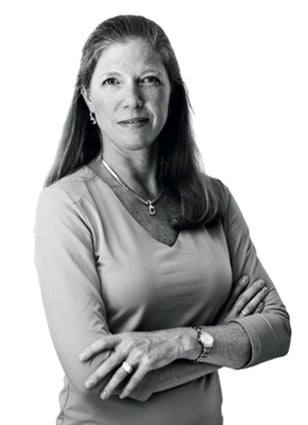
Actress Angelina Jolie announced Tuesday that she had a double mastectomy after learning she had a 87 percent chance of getting breast cancer.
In an op-ed in the New York Times today, Jolie wrote that she has a “faulty” BRCA1 gene, which greatly increases her risk of developing both breast and ovarian cancers. Earlier this year she underwent three months of medical procedures involving the mastectomies. Her risk of developing breast cancer has now dropped to 5 percent.
Jolie is not alone in her decision to undergo a double mastectomy. The number of women with early-stage breast cancer who have had double mastectomies has increased by more than 150 percent between 1998 and 2003, according to a study presented at an American Society of Clinical Oncology conference.
That includes prominent Washington women. In July 2011 The Washingtonian wrote about George Washington University’s chief of breast surgery, Christy Teal, and her decision to undergo a prophylactic double mastectomy—despite not having the gene that increases one’s risk.
Allyn Rose, this year’s Miss District of Columbia, also underwent a double mastectomy after losing her mother to breast cancer. Local sisters Kara and Kristin had double mastectomies and later developed braGGs bras, which are designed specifically for breast cancer survivors post-surgery.
While more women are undergoing the procedure, a double mastectomy is not an easy decision, nor a cheap one. The cost alone for testing for the BRCA1 or BRCA2 gene is more than $3,000 in the US. It’s fitting that during National Women’s Health Week, Jolie writes, “It has got to be a priority to ensure that more women can access gene testing and lifesaving preventive treatment, whatever their means and background, wherever they live.”
















